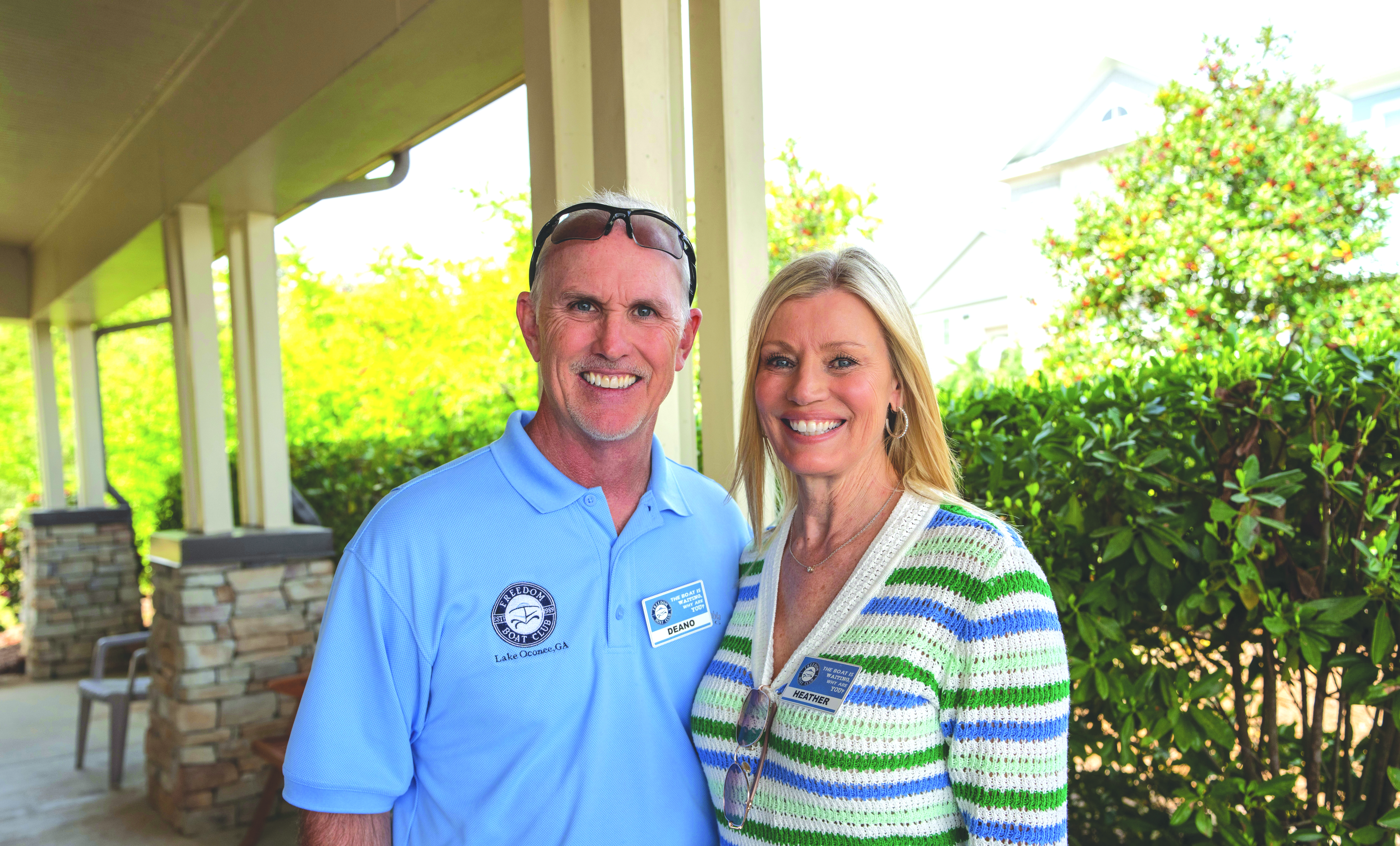OUTDOORS: Crankbaits are a great choice during the summer
Published 8:00 am Thursday, July 9, 2020

- Bobby Peoples
A couple weeks ago I discussed catching largemouth bass during the summer. You have likely determined from my articles that I love fishing crankbaits. In that previous article, I discussed factors like water current and baitfish that can improve successful crankbait fishing on Lake Sinclair and Lake Oconee. This week, I want to discuss additional factors that improve your chances for hooking up with largemouth bass with crankbaits when it is hot.
Some other factors or keys to successfully utilizing crankbaits are finding the proper location or water depth; locating structures and cover that hold baitfish and largemouth bass; employing the correct crankbait for the water depth you are fishing, and lastly, fishing the crankbait correctly.
I am going to assume that you have studied the lake bottom enough that you have isolated areas that should be holding fish. During the summer months, the fish can be found around deep points, creek or river ledges, break lines and humps. If those areas contain structures or cover-like stumps, rocks or some form of manmade items like brushpiles that will definitely enhance those locations.
Water depth where the fish will be located can and will change from week to week, and even day to day, but anglers should pretty much concern themselves with water depths from six to 28 feet during the summer months. You might find the fish shallower or deeper at times but those depths will likely hold the majority of the largemouth bass during the summer months on Lake Sinclair and Oconee.
Once you have located good spots for holding baitfish and largemouth bass, you need to carefully check the spot with your electronics. Today’s top-of-the-line electronics can give you an exceptional picture of what lies under your boat. A good spot with water current is not likely to hold largemouth bass if shad are not present in that spot. I do not fish good spots even if water current is present if that spot does not contain shad. I have found it to simply be a waste of time.
I have a hump on Lake Sinclair that has been a very good crankbait location for the last month, but on some days even when water current is present, there has been no shad present so I do not fish that location under those conditions. However, I can come back to that location an hour later and the shad will be present and the crankbait bite is on.
The largemouth will generally face into a strong current so you want to retrieve the crankbait with the current. At times, that is critical and at other times it might not be critical at all. Sometimes, just alternating your cast at different angles on a spot can produce fish.
If the location you are fishing has some type of structure/cover present like rocks, stumps or brushpiles, you want to attempt to keep the crankbait in contact with the bottom and let it ricochet off anything that it might encounter. A crankbait that all of a sudden changes directions or speed will often entice a strike.
Always employ different erratic cranking action and various retrieve speeds to make the crankbait look like an injured baitfish. I have watched anglers simply cast a crankbait out and then simply reel the crankbait back with no idea if the crankbait is hitting bottom or anything else and never changing the speed of the retrieve.
When fishing crankbaits, I prefer using a baitcasting reel with a lower ratio retrieve speed (I use a reel with a gear ration of 5.3:1) even though many serious anglers use high speed reels with 6.3:1 and even 8.5:1 ratios, a medium or medium/heavy action 7 to 7 ½-foot fiberglass rod and 10-pound fluorocarbon or 10-pound monofilament line. I choose crankbaits that will run in the water depth I am fishing and those crankbaits that will consistently maintain contact with the lake bottom.
For that reason, I utilize two different types of crankbaits when fishing during the summer months. I use medium divers that cover water from 6 to 14 feet and deep diving crankbaits when I am fishing water 14 feet to 22 feet or deeper.
Excellent crankbaits in the medium diving classification are the Norman Deep Little N and DD14, the Rapala DT14 and DT16, the Bandit 200 and 300 Series, and the Strike King 5XD and 6XD Series (my personal favorites). Excellent crankbaits in the deep diving classification include the Strike King 10XD, Norman DD22, the Poe’s 400 (out of production), the Berkley Dredger, and the SPRO Little John DD.
Many models come with or without rattles and on some days the fish prefer a quiet lure and on other days they prefer a noisy lure. You will just have to try both to see what the fish prefer. All the crankbaits mentioned above come in a wide variety of colors but day in and day out a color containing chartreuse and blue is hard to beat.
I’m out of space so you may want to try crankbaits for summer largemouth bass and you might be surprised at how great they are for catching fish. Crankbaits will also catch hybrid/striped bass in the same locations where you catch largemouth bass.
Good fishing and see you next week.
Outdoors columnist Bobby Peoples can be reached at brpeoples995@gmail.com.




